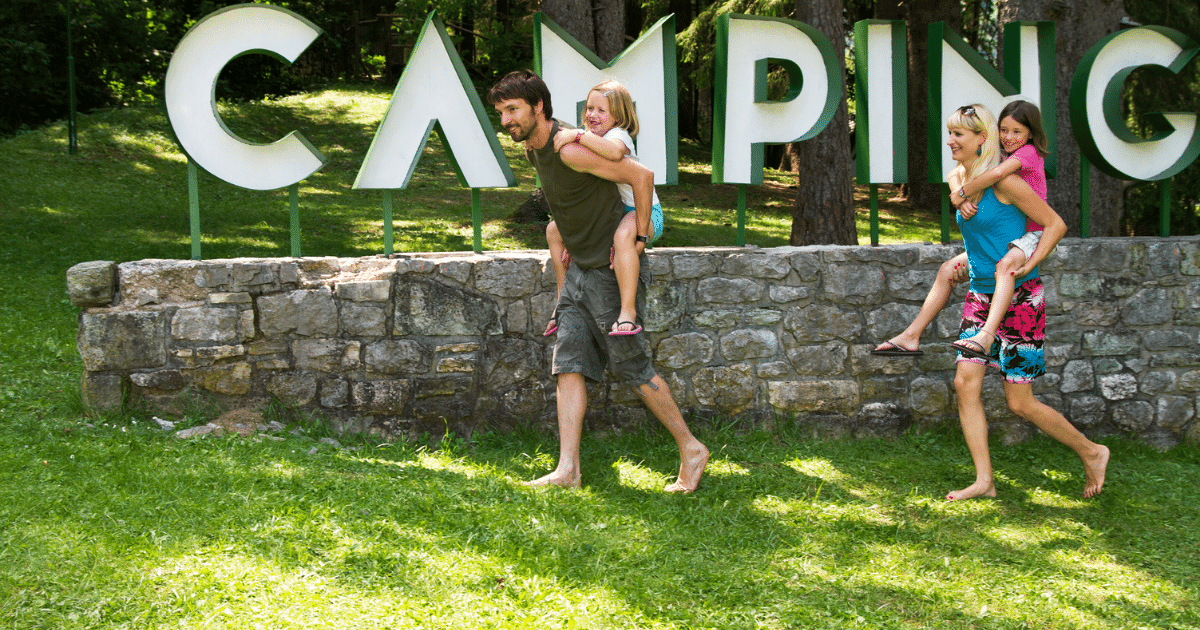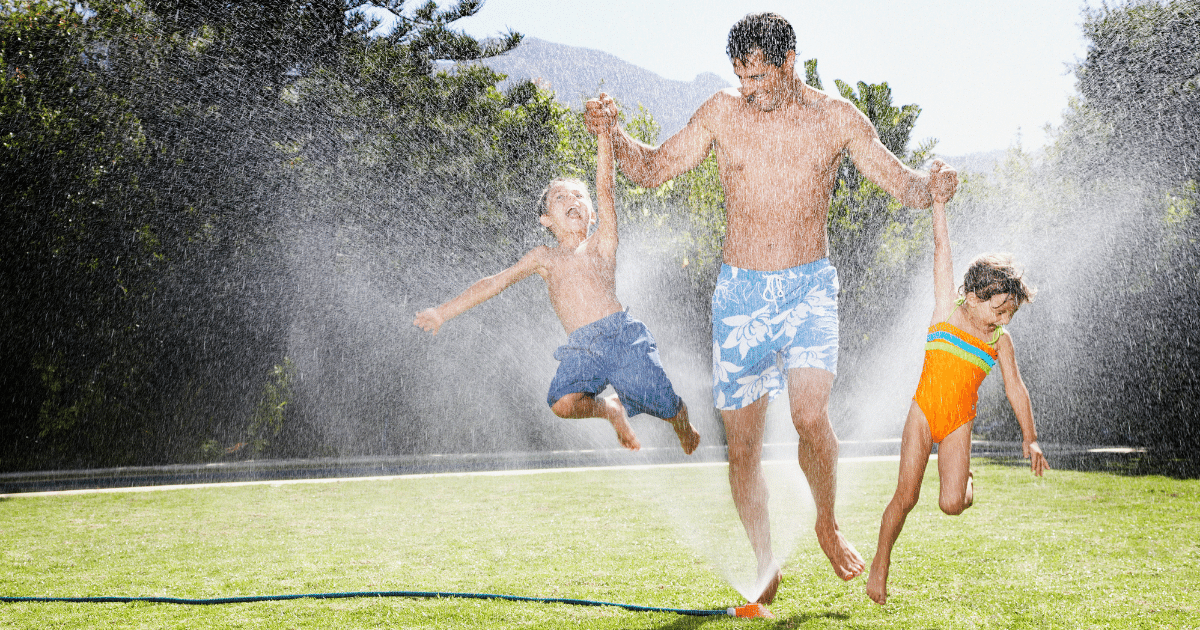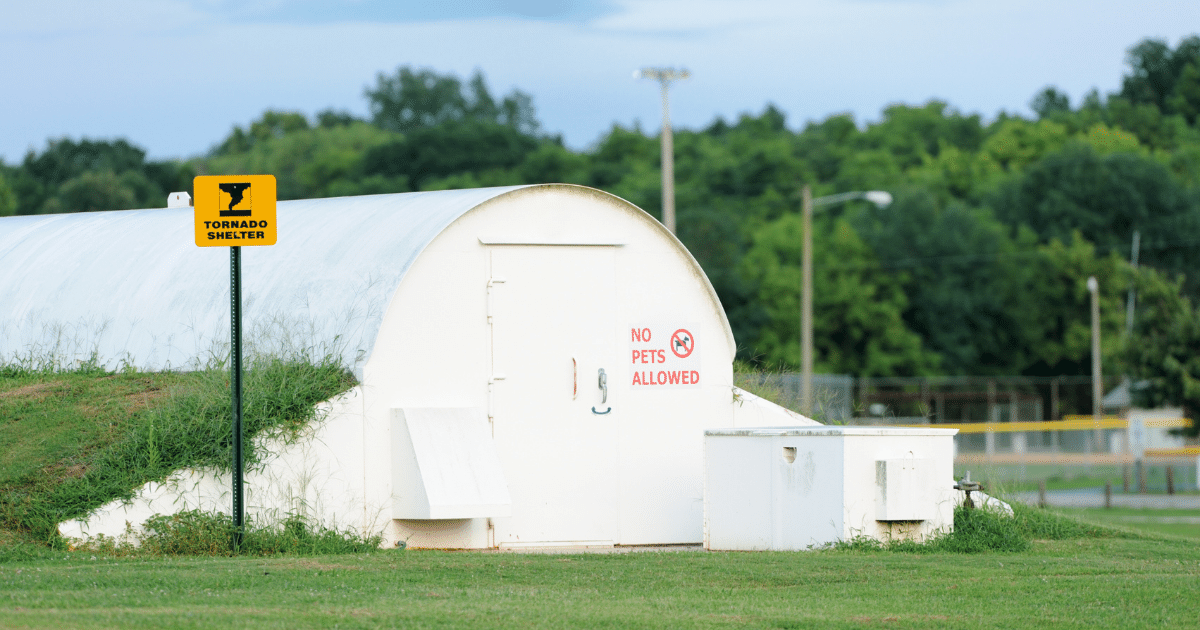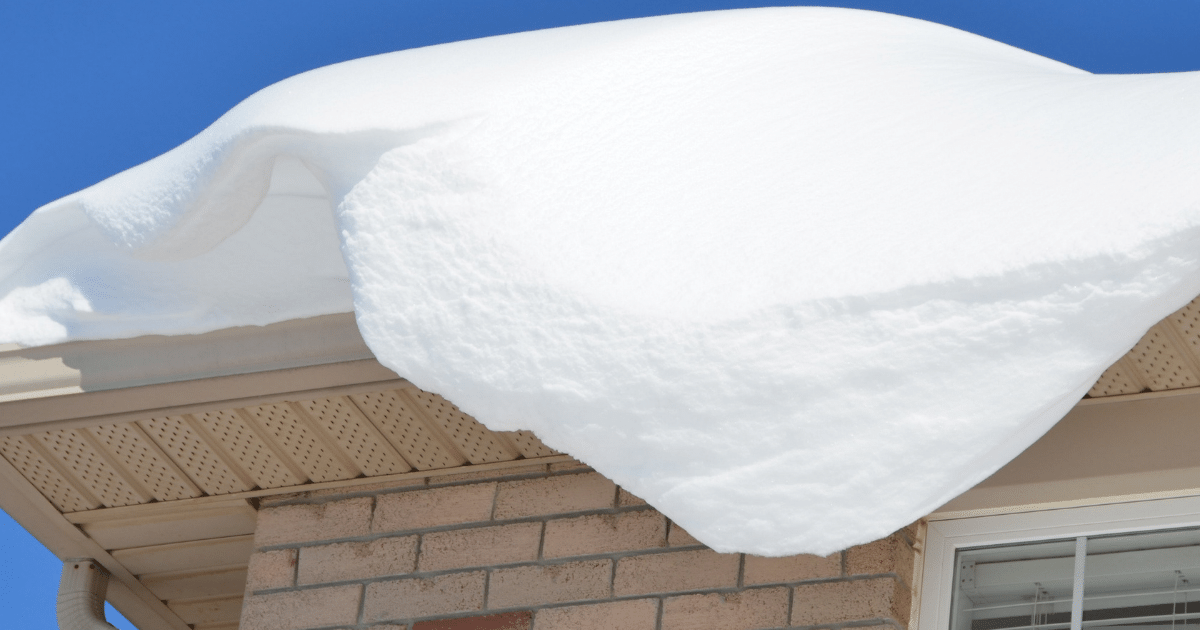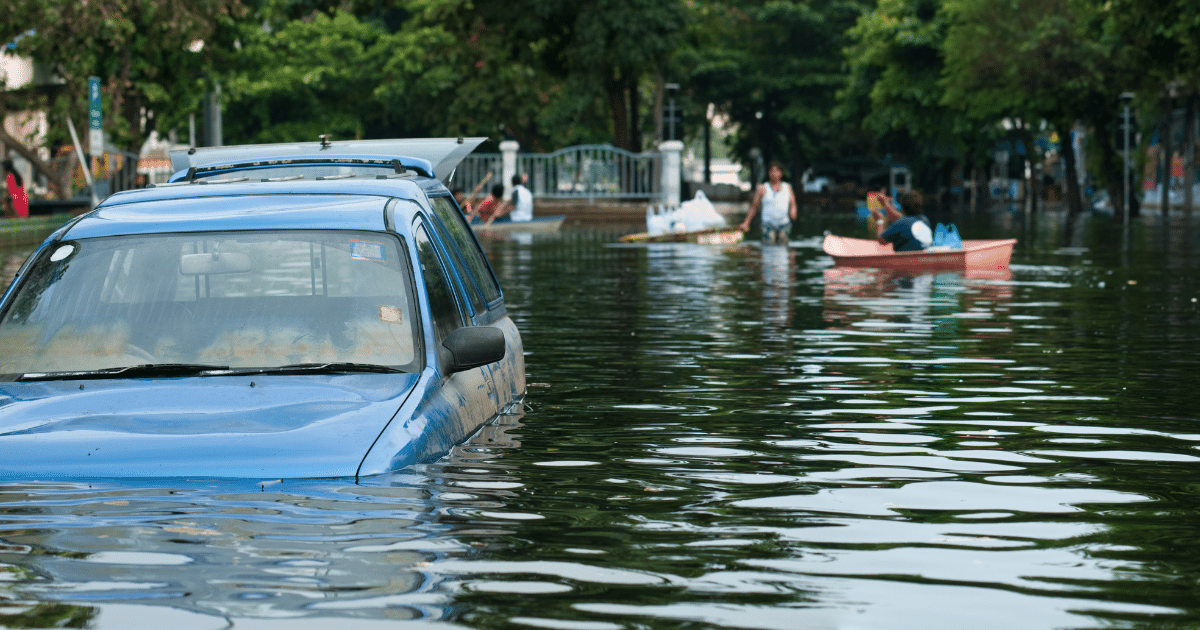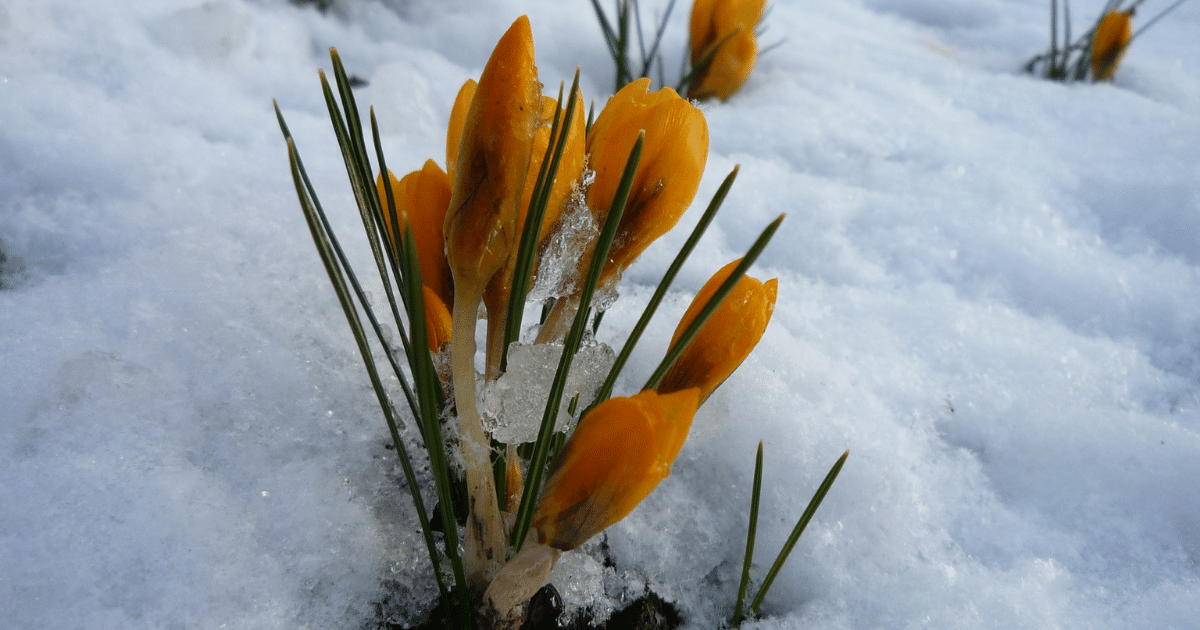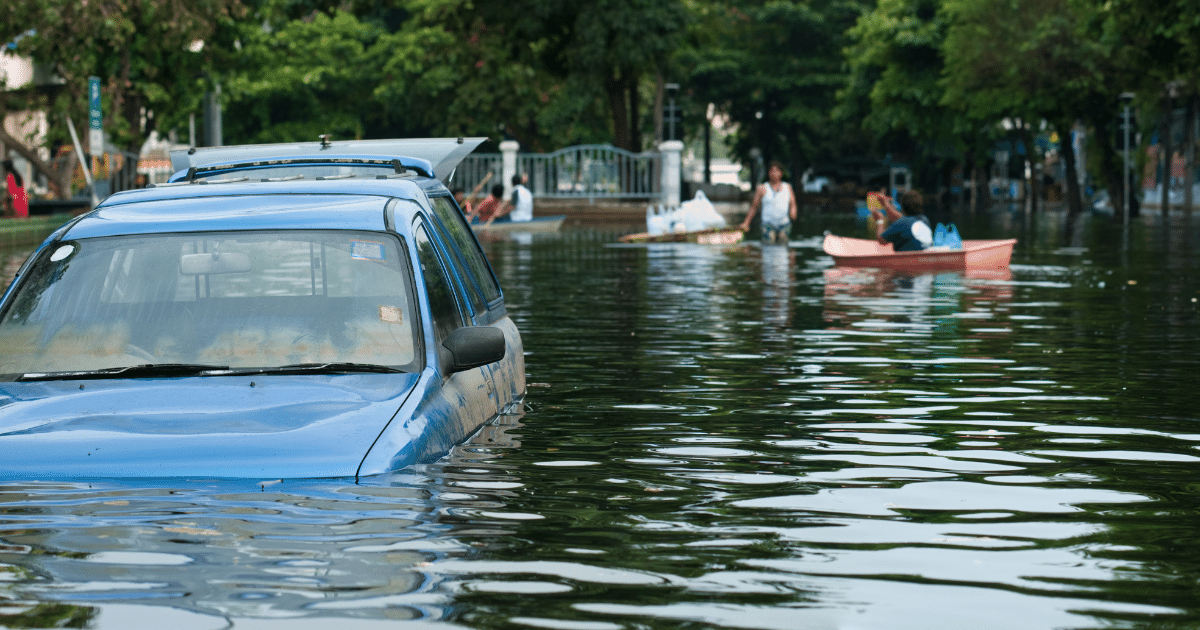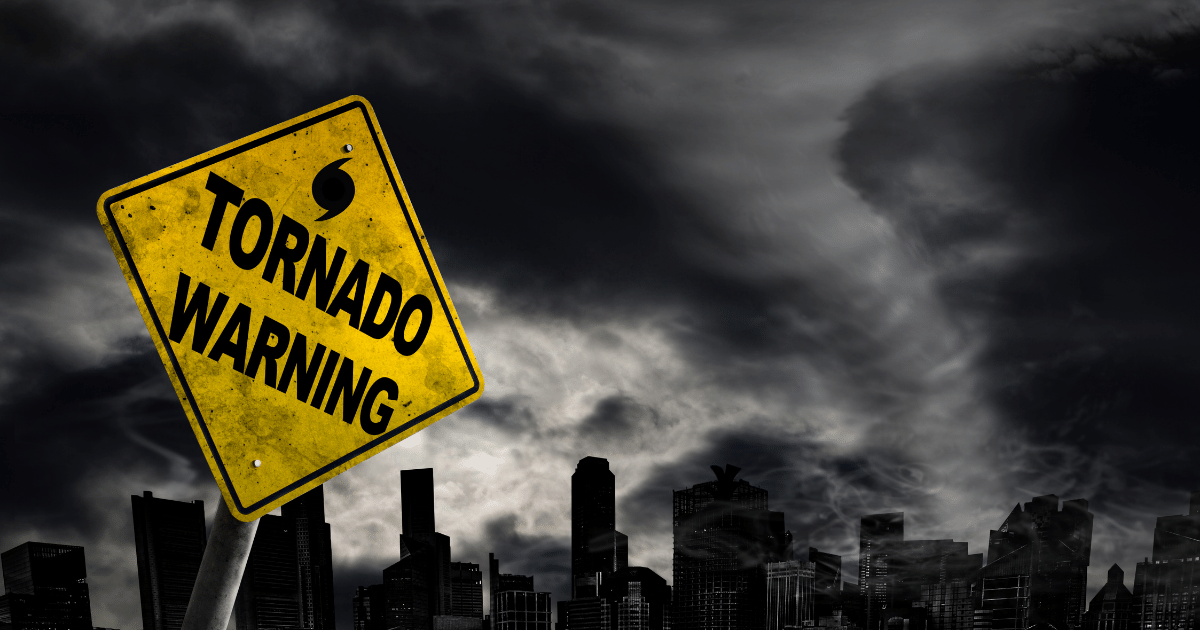
Preparing For Severe Weather
Are you ready for Severe Weather?
Try and put yourself in the shoes of those who have gone through a natural disaster, and imagine this: Before a severe weather event hits – you hear the warnings from state officials and your local news, but might not take them too seriously. They’re urging the public to stock up on food and supplies, fill up on gas – or – worst-case scenario, they tell you to evacuate the area immediately. As the storm system nears, you realize this is serious. But, by the time you make it to the grocery store for important supplies and water– everything is sold out. It’s at that moment you might be asking yourself, “How did I let this happen?”
Severe weather can strike anywhere in the U.S., and if a disaster hits in your area, you may not have access to food, water, or electricity for days. According to the Centers for Disease Control and Prevention, nearly half of adults in the U.S. do not have the resources or plans in place for an emergency – that’s a big number! Always remember – there’s no such thing as being “too prepared,” and it’s better to start preparing now than later when the store shelves are empty!
Below are some important items to include in an emergency preparedness kit:
- Food and water. A three-day supply of non-perishable goods, and have one gallon of water per person per day for at least three days. (Also have a manual can opener on hand!)
- Prescription medicines. Have at least a three-day supply on hand.
- Personal care items. Items like soap, toothbrush, toothpaste and contact lenses.
- First aid kit. Your local store should have them in stock. They cost anywhere from $25 to $35.
- Electronics. Be sure to have battery-powered or solar flashlight, a cell phone with a portable charger and have extra batteries on hand.
- Important papers. Copies of drivers’ licenses, special medical information, social security cards, etc. Keep them in a waterproof, air tight bag so water doesn’t seep through.
- Cash. With no power, stores may not be able to take credit cards and ATMs may be out of cash so keep a reasonable amount of cash available so you have it if needed.
- Basic hand tools. A wrench or pliers to turn off utilities.
- Pet food and extra water for your pet. Your furry friends also need a three-day supply of food and water!
Depending on the size of your family, you may need additional supplies not included in the list, such as baby formula or games for the kids.
If you do end up losing power, it’s important to think about ways you can keep your food cold temporarily if you don’t have a cooler on hand. One option is your washing machine – just fill it with ice and voila! You won’t have to worry when the ice starts melting since it can drain water. Plus – it has a lid! A second option is to fill your bathtub with ice.
Keeping these items on hand is crucial and could potentially save a life. Place your emergency kit in a designated spot all family members are familiar with and have it ready in case you need to leave your home quickly. From everyone here at Foremost – stay safe and stay prepared!




